Seine-Maritime
St Sever Cemetery is a large communal cemetery situated on the eastern edge of the southern Rouen suburbs of Le Grand Quevilly and Le Petit Quevilly._x000D_ _x000D_ If approaching Rouen from the north, head for the centre of town and cross over the river Seine, following signs for Caen. Follow this route until you get to the 'Rond Point des Bruyeres' roundabout (next to the football stadium), then take the first exit into the Boulevard Stanislas Girardin. The cemetery is 150 metres down this road on the left._x000D_ _x000D_ If approaching Rouen from the south, follow the N138 (Avenue des Canadiens) towards the centre of town. At the 'Rond Point des Bruyeres' roundabout (next to the football stadium), take the fourth exit into the Boulevard Stanislas Girardin. The cemetery is 150 metres down this road on the left._x000D_ _x000D_ If arriving on foot, take the metro to St Sever Metro Station, then follow the Avenue de Caen until you get to the Avenue de la Liberation, then take this road and follow this, which will become the Boulevard du 11 Novembre. At the end of this road is the 'Rond Point des Bruyeres' roundabout. Take the first exit from this into the Boulevard Stanislas Girardin. The cemetery is 150 metres down this road on the left.
During the First World War, Commonwealth camps and hospitals were stationed on the southern outskirts of Rouen. A base supply depot and the 3rd Echelon of General Headquarters were also established in the city. Almost all of the hospitals at Rouen remained there for practically the whole of the war. They included eight general, five stationary, one British Red Cross, one labour hospital, and No. 2 Convalescent Depot. A number of the dead from these hospitals were buried in other cemeteries, but the great majority were taken to the city cemetery of St. Sever. In September 1916, it was found necessary to begin an extension. St. Sever Cemetery contains 3,082 Commonwealth burials of the First World War. There is also 1 French burial and 1 non war service burial here. The Commonwealth plots were designed by Sir Reginald Blomfield.

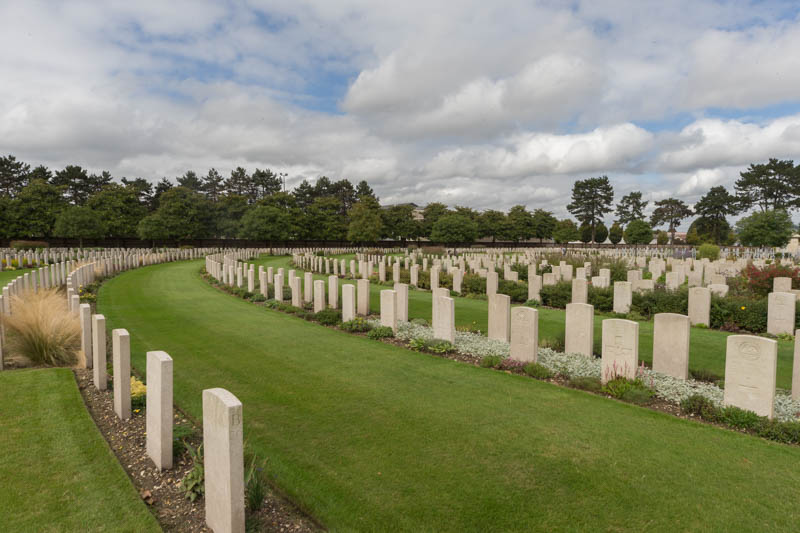
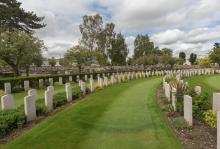
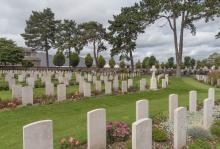
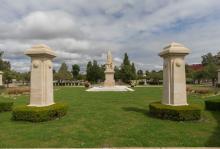
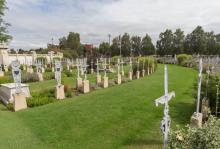
Add new comment